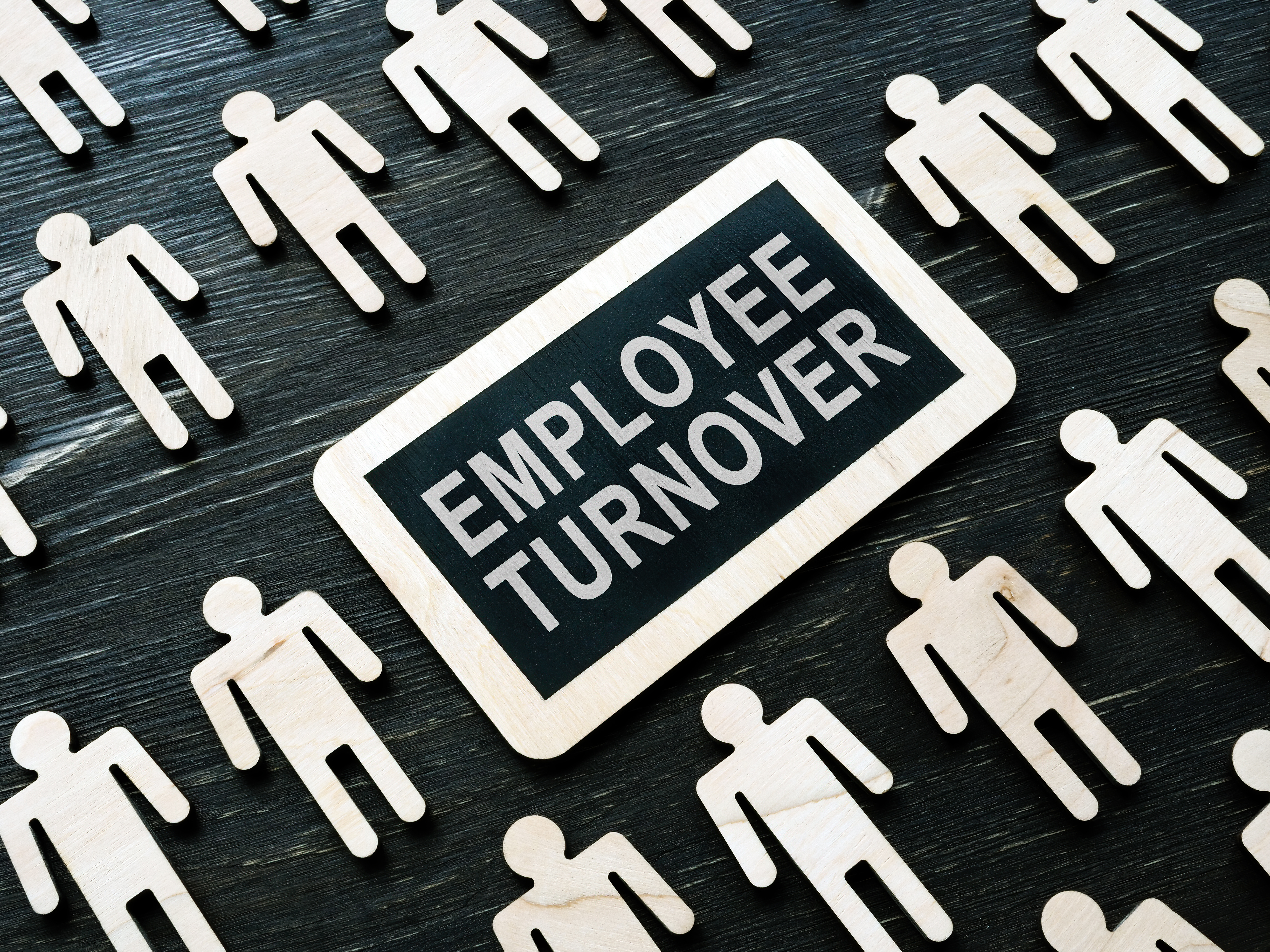Introduction:
The Milbank Memorial Fund released a guide to help states address the shortage of care workers in the US on May 18th. The Milbank Memorial Fund has been around since 1905 and has helped to improve public health nationwide through the high quality research it publishes in its peer reviewed journal, The Milbank Quarterly. They are particularly experienced in helping community and state leaders to make policy that effectively addresses the needs of public health.
What is the problem?
Staff shortages have been an issue in multiple sub sectors of the healthcare industry for years now, but they became impossible to ignore during the pandemic. COVID-19 created an additional need for care workers, but it also compounded the existing staffing shortage when the virus began spreading amongst staff as well. The Milbank report shows that the turnover rate for direct care workers, including nursing assistants, home health aides, and personal care assistants is between 40 and 60 percent.
Why should we care?
Staff turnover is expensive. According to an estimate by the Center for American Progress, the cost of replacing employees earning an average annual salary of $30,000 is about 16% of their salary. Multiplying this by 40% of an agency’s staff should give businesses a better idea of how much they spend replacing employees. This is to say nothing of the damage that high turnover can cause to employee morale. It is difficult to quantify the monetary cost of low morale, but low morale tends to increase absenteeism, workplace conflict and patient complaints.
What causes turnover in the home and healthcare sector?
Direct care workers leave their jobs for many reasons, but one of the most cited reasons is inadequate pay. According to Home Health Care News, 18 percent of care workers live below the national poverty line. The Milbank Guide points out that many care workers struggle to get full time work and instead have to piece together multiple jobs to make ends meet. As a result many do not qualify for healthcare benefits. Not all care workers leave the industry altogether though. Many move into hospital positions where wages are more competitive and hours are more reliable.
The Milbank guide also points out that lack of training contributes to higher turnover. Caregivers want to feel confident and prepared for the work they do but the research shows that the training they receive is insufficient. There is also no clear path caregivers can take to advance their careers in this industry. The training they receive is not sufficient enough to prepare them for more advanced positions in home care, so there is even less incentive for them to stay.
Nevvon is an all-in-one e-training solution trusted to help home care agencies achieve regulatory compliance while saving time and money, and empowering caregivers with the knowledge and confidence they need to make their patients’ lives better. Click here to set up a demo today!

